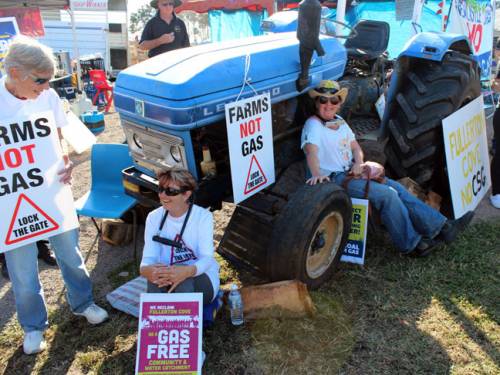Gas seepage surveyed in US
 Research in the US has sought to pinpoint the exact effects and possible dangers of natural gas drilling near drinking water supplies.
Research in the US has sought to pinpoint the exact effects and possible dangers of natural gas drilling near drinking water supplies.
A recent US study brought some confusing results; discovering high levels of methane in water wells less than a kilometre from gas wells, but also finding water contaminated with methane occurring naturally, and nowhere near drilling.
The results have pit the two sides of the gas drilling debate against each other again, critics saying hydraulic fracturing has caused widespread contamination, while industry authorities say it is perfectly safe. One researcher from Duke University said contamination from drilling is "not an epidemic. It's a minority of cases."
The Duke paper, published in the Proceedings of the National Academy of Sciences, is an expansion of a 2011 study that attracted widespread attention for its finding that drilling was polluting some water wells with methane. The new study has found methane levels were an average of six times higher in water wells close to drilling sites and ethane rates were 23 times higher in homes near drilling.
The research has had some results which may help douse fears over gas drilling dangers. It found none of the chemicals actually used by the drilling rigs in water supplies. The case is made more complicated by its locations, with Pennsylvania having many layers of oil, gas, and coal-bearing rock as well as natural faults. They can enable gas to seep naturally into water wells, even in areas without drilling.
Coal seam fracturing is being increasingly employed in Australia, though we are yet to see the level of legal action and associated research on our shores.
The paper recently published in Proceedings of the National Academy of Sciences builds on this report by Duke University.








 Print
Print